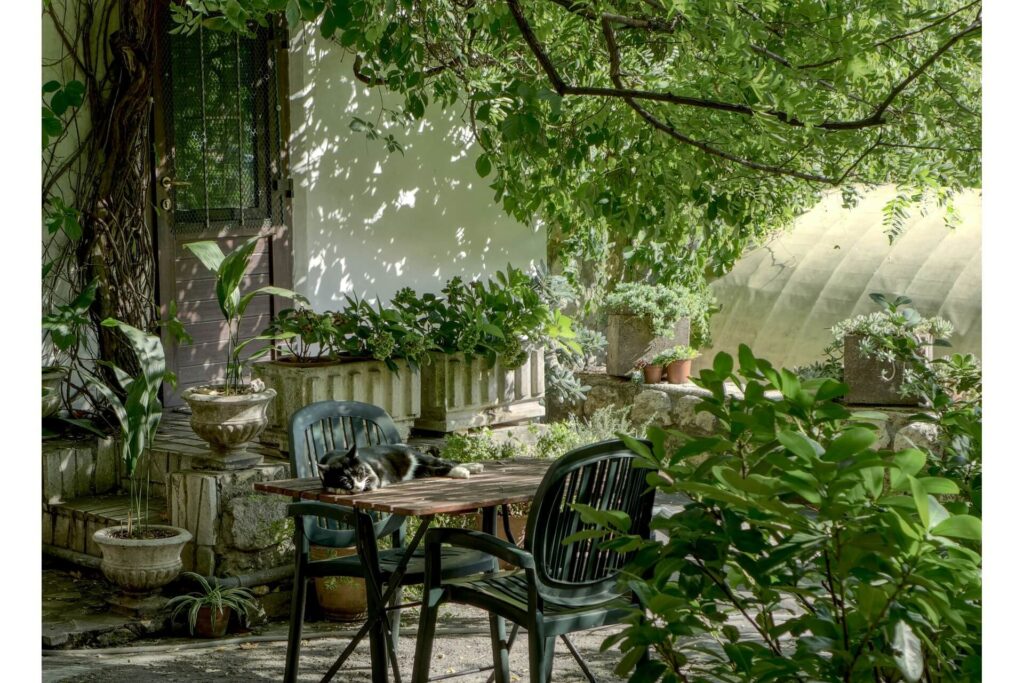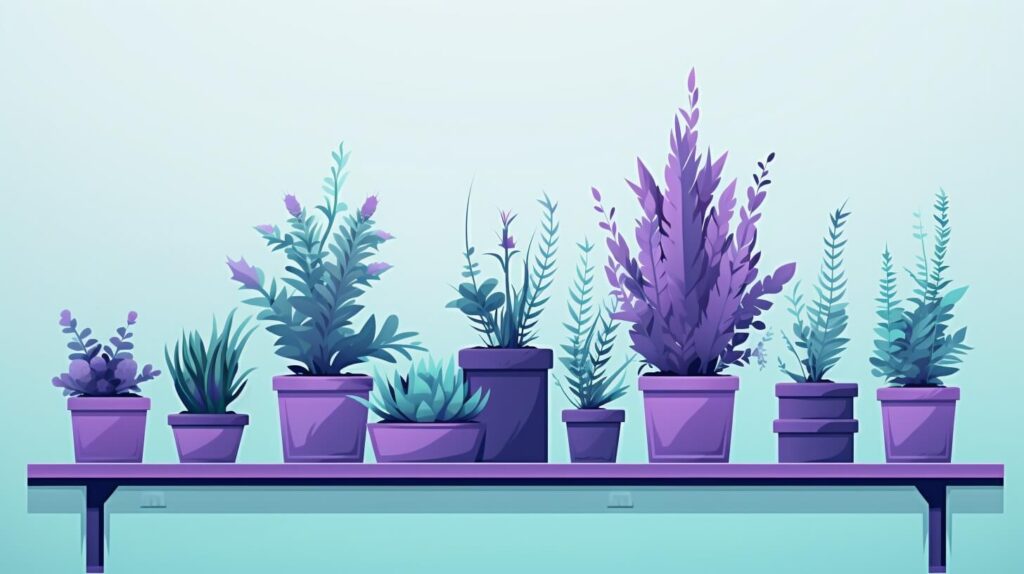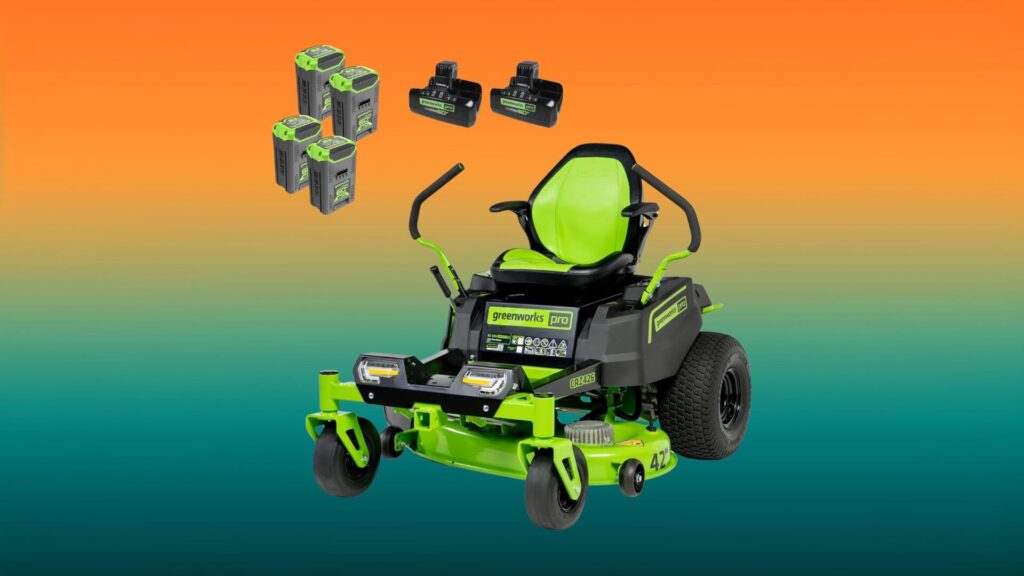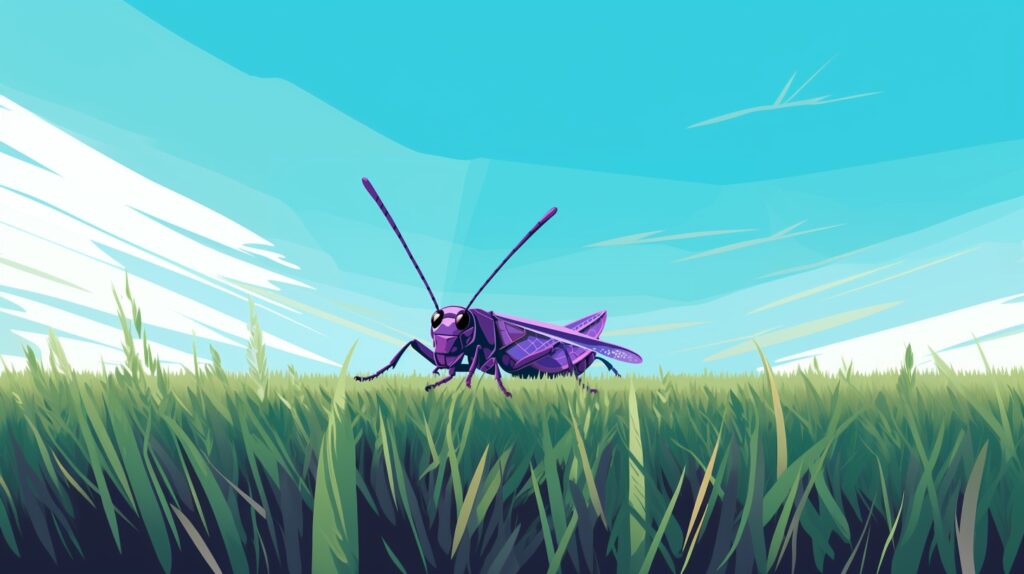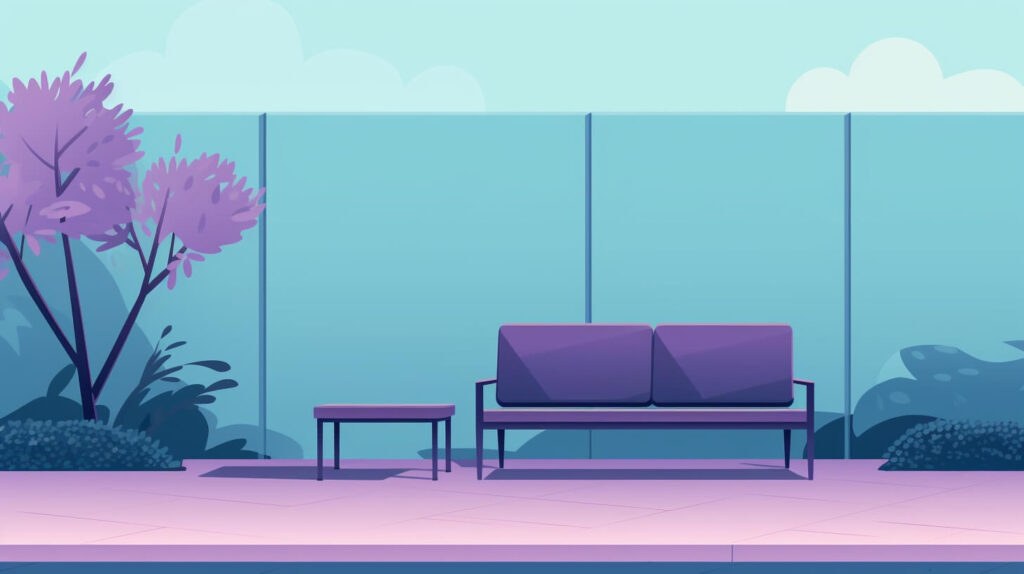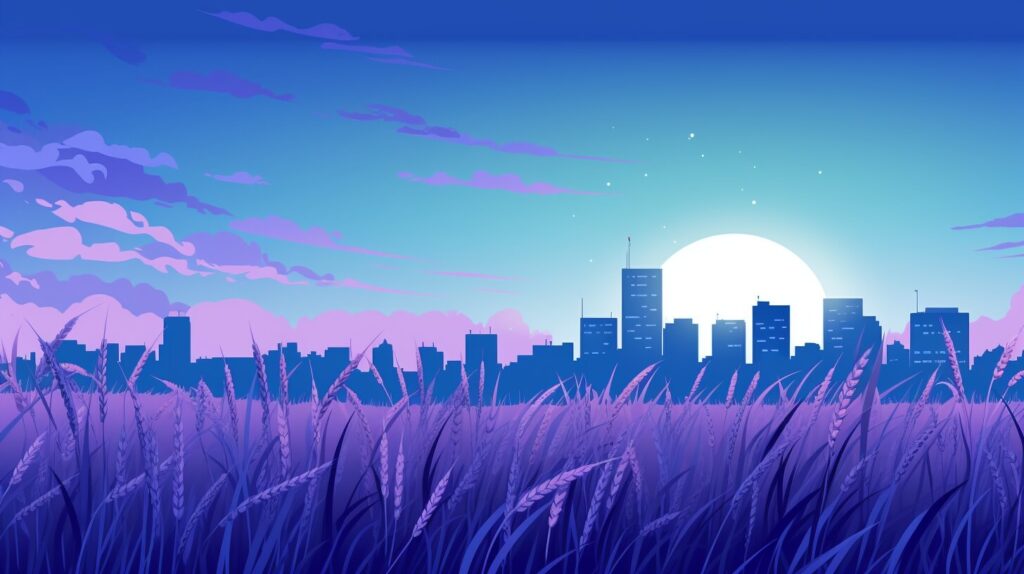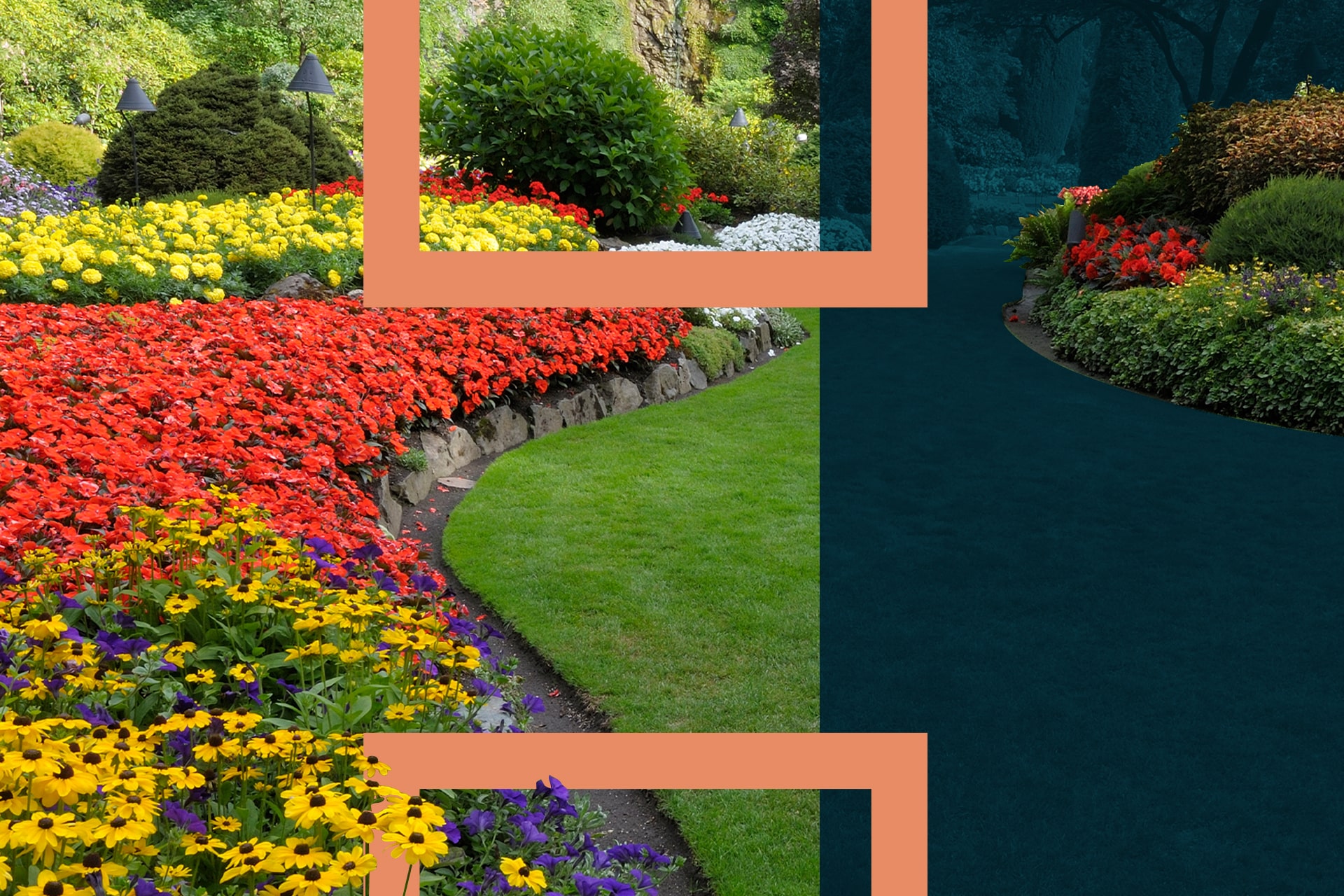
We are reader-supported. When you buy through links on our site, we may earn an affiliate commission.
Native plants are well adapted to the temperatures and conditions in the area in which you live. They offer value to the local environment and mesh well with any wildlife in the area, which is not always the case with plants you have brought in from other areas or non-native plants you have purchased from the local greenhouse.
Some gardeners shy away from native greenery because they look a bit wild and can be mistaken for weeds. However, there are many different varieties in each area of the country, so finding the perfect plants to add to your landscaping is simply a matter of choosing the ones you find most attractive.
You should at least consider adding native plants for the following reasons.
1. They’re Cheap
Plants from the local nursery or even a home improvement store are expensive, especially if you have a large area to cover. However, native greenery is often available by digging them up from the wild and transplanting them. Other gardeners may be able to give you starts off various varieties as well. If you purchase, they will still be cheaper, as your local supplier won’t have to pay for costly shipping from outside your area.
2. Better for the Environment
If you’re trying to live greener, using native plants is smart on several levels. They help conserve water, soil and ideal conditions in the area where they grow. Native plants tend to be lush in the areas where they grow and serve a purpose, such as preventing water from flooding the soil and thus preventing erosion. They also help the land store water where necessary, keeping some areas wet and others dry, helping both the soil and local wildlife.
3. Haven for Birds and Animals
Native greenery goes hand-in-hand with native animals. Choosing plants that are native to your environment in your yard allows birds and animals a place to nest and find refuge and safety. If you want to attract more hummingbirds to your garden, for example, try plants that bloom in the late spring and summer.
4. Less Maintenance
Because these plants thrive in their natural habitat, you won’t need to baby them as much as a plant that is outside its typical growing zone. Native plants won’t require as much watering, fertilization or pruning. Adding local plants to an area of your garden where you have some more delicate plants helps balance things if those delicate plants struggle. They may even help those plants by keeping the soil healthy.
5. Easy to Find
Not only are native plants easy to find in the wild, but area nurseries almost always have a steady supply during their typical growing season. You can even search for a nursery in your area that offers native plants. While hunting for natives on your own saves money, you save time and get everything you need in one place by going to a nursery for your needs.
6. Use Less Water
Native plants typically require less watering than non-native plants. The Environmental Protection Agency estimates 30 percent of the water homes in the United States use is for outdoor needs. Even if water isn’t in short supply in your area, water conservation should be a concern so it doesn’t become an issue in the future. These plants require less water because they are already suited to the amount of rain your area gets each season.
Native Plants for Landscaping
Native plants can be a beautiful addition to any garden. Whether you choose to use them alone, or mix them with other varieties, you’ll find items that bloom, attract pollinators and serve a useful purpose in your garden.
